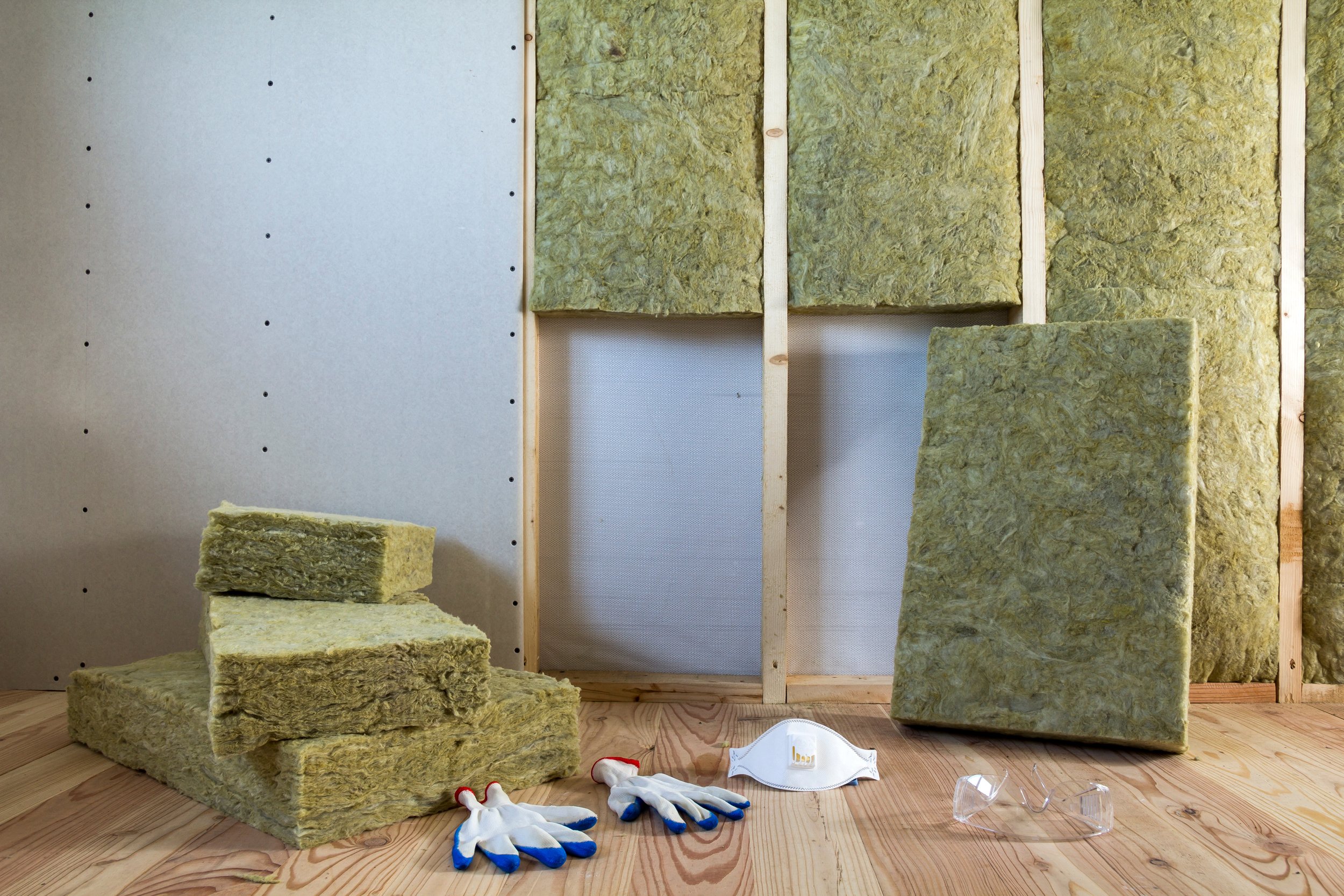Batt and Roll Insulation: Materials, Uses, and Environmental Impact
Insulation is not a one-size-fits-all building material. Even within the same insulation type, such as batt and roll, different materials provide varying levels of energy efficiency, installation difficulty, and potential hazards.
Blanket batt and roll insulation is the most popular due to their wide range of uses, effectiveness, and low costs. Still, you are not guaranteed the best fit for your home without doing research first. Knowing what options are available and which will best suit your needs is essential before you buy.
The most common material used for batt and roll insulation is fiberglass. Fiberglass insulation is suitable for all climates and is an inexpensive insulation option. R-values for fiberglass batt or roll insulation range from 3-4 per inch, with high-efficiency choices having values up to 4.3 per inch. Like all batt and roll insulation types, it is easy to install. However, wear protective clothing during installation to prevent fiber inhalation and skin irritation. Fiberglass insulations are made with up to 60 percent of recycled materials, but unfortunately, they may also contain phenol-formaldehyde, which is linked to cancer. If you are planning to use fiberglass insulation, look for a brand free of phenol-formaldehyde to avoid additional health risks. A brand that uses a high percentage of recycled materials can still be environmentally friendly compared to other market options.
Another popular material used for batt and roll insulation is rockwool, which is made of basalt rock and slag—a steel by-product. Rockwool is considered a low-cost batt insulation, and is highly effective at retaining heat and soundproofing. Due to its porous nature, rockwool is good at keeping moisture at bay, and its inorganic material composition means it is less susceptible to mold. Rockwool has an R-value of 4-5 per inch and, like fiberglass, is easy to install, but is not itchy and irritating if it comes into contact with skin. Most rockwool is made of up to 90 percent recycled content but can contain trace amounts of crystalline silica, a known carcinogen. However, studies indicate that inhaling rockwool fibers does not cause lung disease.
Although it's not as popular as fiberglass or rockwool insulation, plastic fiber batts can be just as effective. As the name suggests, plastic fiber insulation is made of plastic and is almost exclusively comprised of recycled plastic milk cartons. It typically boasts an R-value of around 4 per inch, but the cons of using this material are that it can be hard to find, expensive, and more difficult to work with than other insulation materials. It is treated with a fire retardant to prevent it from burning easily, but when exposed to high temperatures, it will melt. Plastic fiber insulation does not contain any known carcinogens and is made of 100% recycled materials, which makes it more environmentally friendly than fiberglass-based insulations.
Cotton is the natural material used most in batt and roll insulation. It has R-values between 3.5-4 per inch and is easy to install. Cotton batts are also not irritating when handled and do not release hazardous microfibers. It is the most expensive batt and roll option and is not as widely used. Because cotton is a highly-flammable material, cotton insulation is treated with a fire retardant that also repels insects. Most cotton batts contain at least 85% percent or more recycled fibers and have a low-energy production process, which makes it the most environmentally friendly batt and roll insulation option.
Each insulation material has its pros and cons. There is minimal variance in R-values. Rockwool insulation is ideal for wet climates because it does not retain moisture or mold easily. Installation is relatively easy for all types, although types containing hazardous materials may be more safely installed by a professional. All types contain at least 60% percent recycled material, so even if you choose the less environmentally friendly options, insulation is still a lower-carbon-footprint building material. Ultimately, only you will know the best fit for your needs, but you may discover that you have more options than you thought you did.




